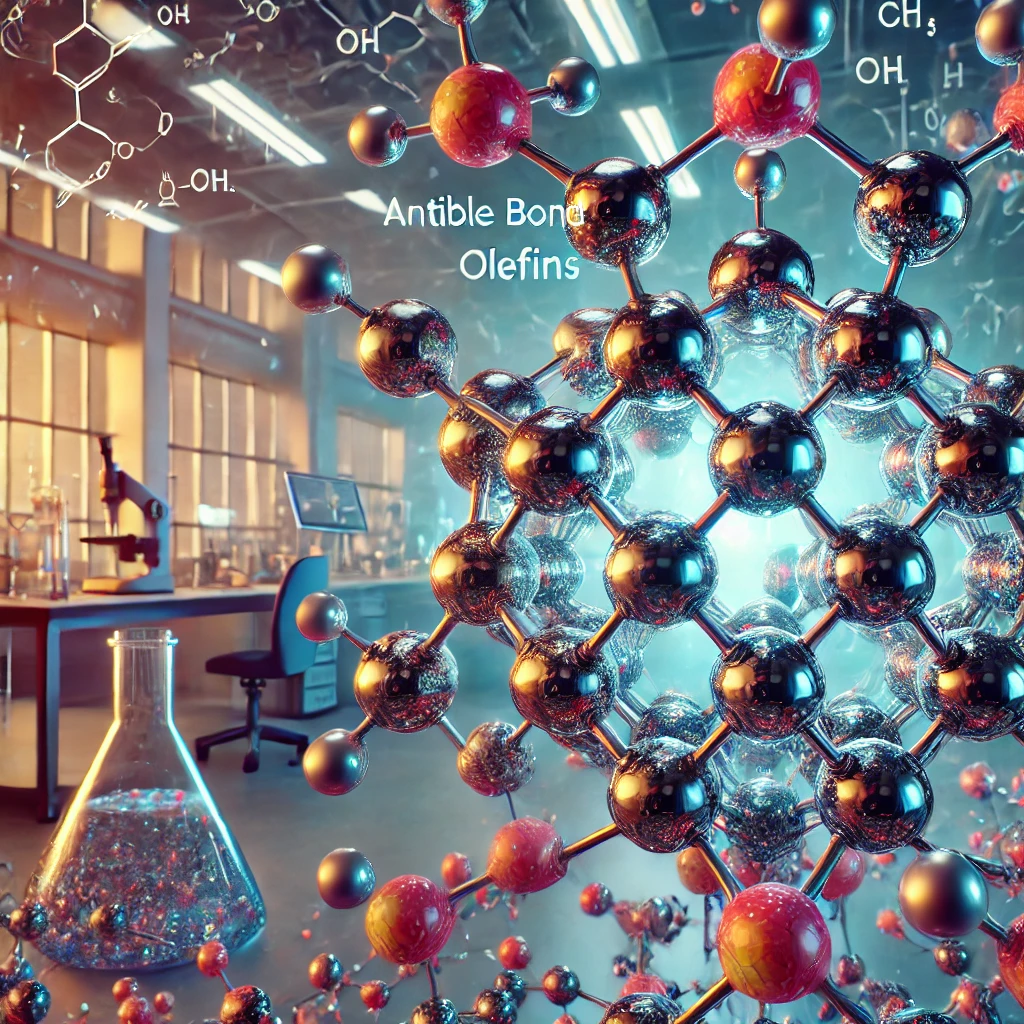For the first time, chemists have managed to create a type of molecule that was previously thought to be too unstable to exist. Known as anti-Bredt olefins (ABOs), these molecules challenge a century-old chemistry rule, potentially opening up new avenues for developing complex medicines. This discovery could reshape our understanding of molecular stability and inspire new approaches in drug design.
Breaking a Chemistry Rule Set in 1924:
In 1924, chemist Julius Bredt proposed a rule that has since shaped how scientists understand molecular structures. Bredt’s rule states that certain bonds, called double bonds, can’t form at the “bridgehead” position where two rings in a molecule meet. Trying to create this structure would supposedly strain the molecule into an unstable shape, causing it to break apart almost instantly.
Researchers at the University of California, Los Angeles, have found a way around this limitation. They used a special reaction process to build an ABO by carefully modifying a “precursor” molecule, which is a simpler structure that leads to the desired final product. By adding stabilizing agents, known as “trapping agents,” the researchers were able to control the reaction and capture the ABO long enough to study it and explore its properties.
A Game-Changing Discovery for Chemists:
Experts see this breakthrough as a major achievement because it allows scientists to think differently about how molecules can be formed. These ABOs have a unique structure that could make them valuable for designing new types of medicines, particularly in cases where conventional methods have limitations. Unlike typical molecules, ABOs have a unique 3D shape and properties that could allow chemists to develop new compounds with different biological effects.
Why ABOs Could Be Important for Medicine:
One of the key characteristics of ABOs is that they are “chiral,” meaning they don’t align perfectly with their mirror images. This property is crucial in drug development, as each mirror image version of a molecule can interact differently with the human body. By controlling which version of the ABO they produce, scientists can create drugs with specific effects, making treatments more effective and reducing unwanted side effects.
Expanding Drug Possibilities with ABOs:
The team’s technique could be particularly useful in creating complex drug structures. For instance, some chemotherapy drugs, like paclitaxel (known as Taxol), have intricate, multi-ringed structures that are challenging to produce. The method used to create ABOs might provide an easier way to build such complex molecules, potentially improving access to these medications and making their production more efficient.
What This Discovery Means for the Future:
With the success of this experiment, researchers are now looking at how ABOs could be used in other reactions to create even more challenging molecules. This breakthrough may lead to innovations in chemistry and medicine, enabling scientists to push the boundaries of molecular design and drug development. As researchers continue to investigate ABOs, this discovery promises to inspire new directions in science and the development of advanced, more effective treatments.





